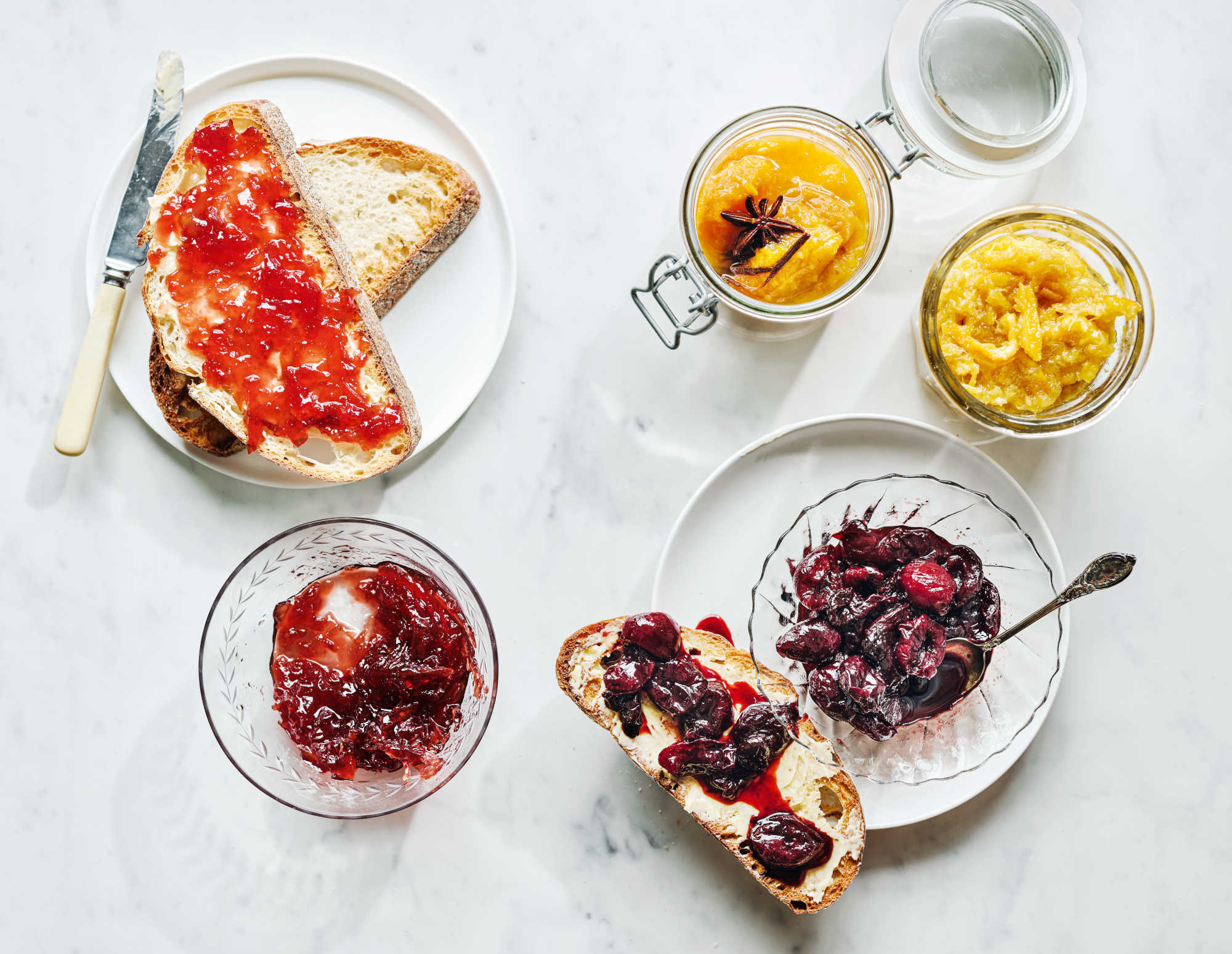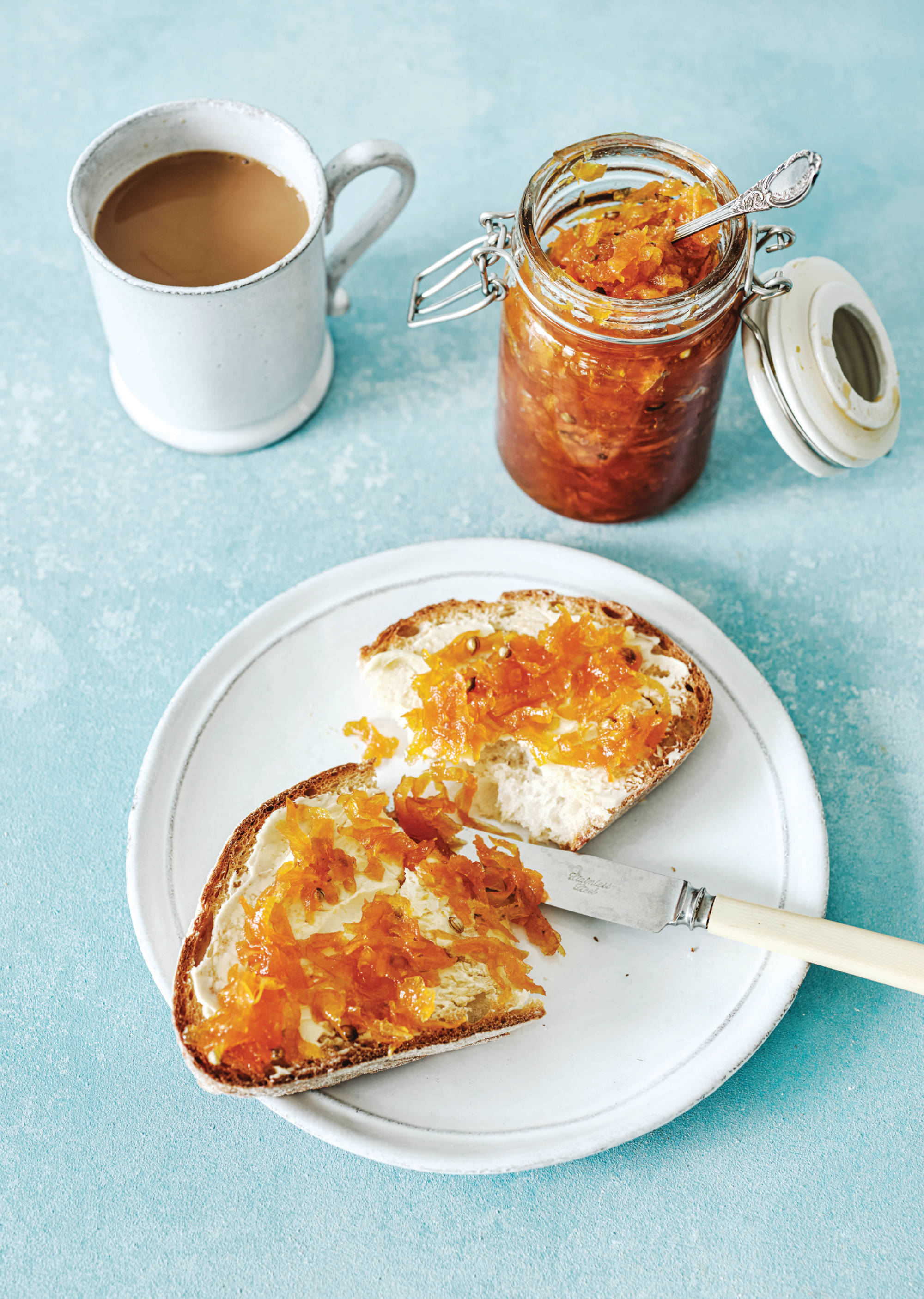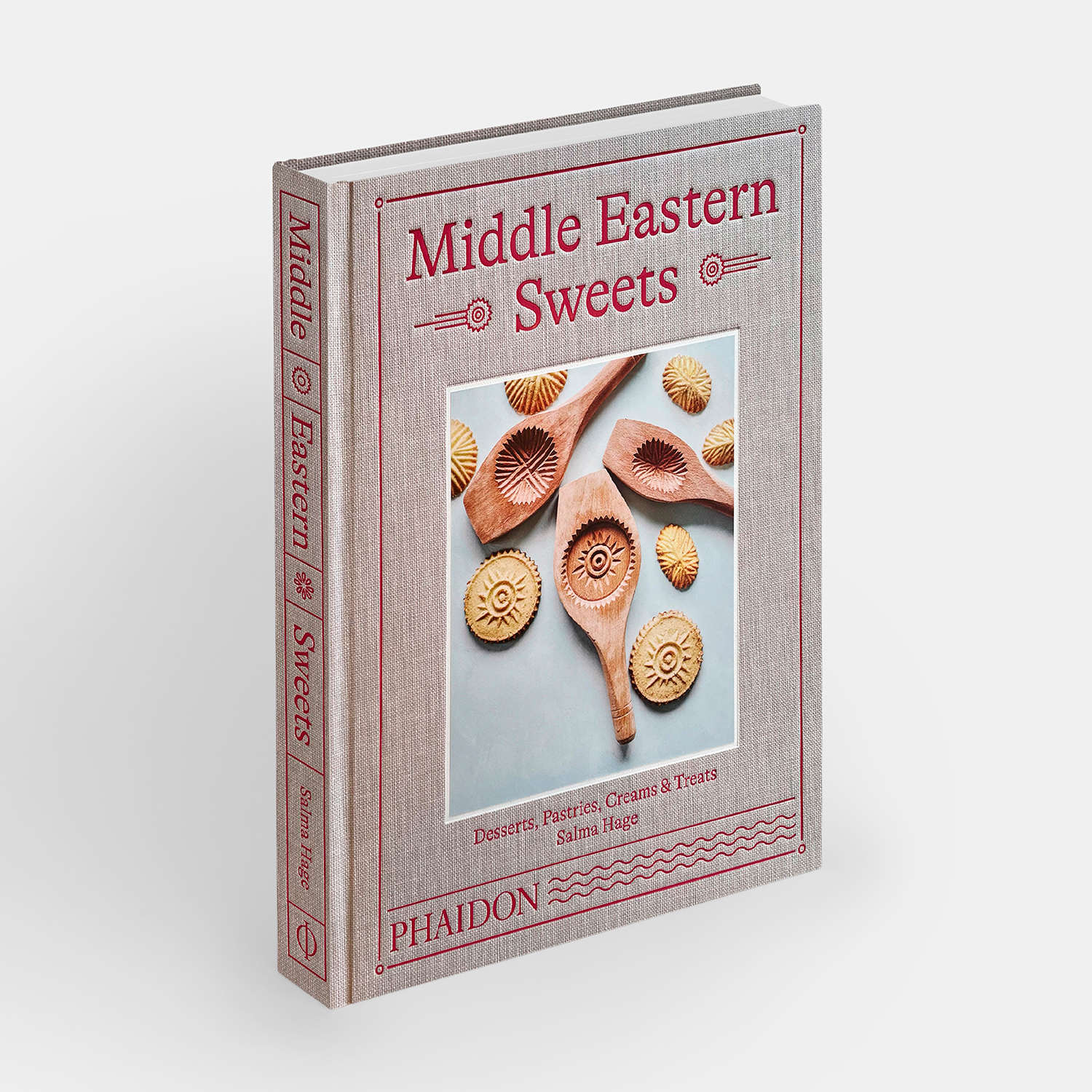
Find a new way to hang onto summer flavours with Middle Eastern Sweets
Add fresh flavour and texture to long lasting summer jams with Salma Hage's new book
Salma Hage knows when to go with the glut. The Lebanese cook and author of Middle Eastern Sweets includes plenty of fresh fruit dishes in her new book, but also features a number of jam and preserves, to handle huge summer crops, and ensure she has sweet-tasting, homemade treats, well into the winter.
As she explains in her new book, she tends to make batches of sour cherry jam in July and August, “when cherries are bountiful, juicy and inexpensive,” she goes on. “When they’re at their best, at the peak of summer, they need few ingredients to draw out their juicy, tannic qualities. Use fresh bay leaves for this jam, as dried leaves won’t impart the same flavor.”
Bay leaves are a realtively unusual ingredient for many western cooks, though they'll be familiar to anyone who’s followed Hage’s recipes. Middle Eastern Sweets offers hundreds of new twists on classic dishes. In this book, alongside classics like halva, baklava and Turkish delight, you’ll find dark chocolate ice cream with tahini, brioche with pistachios, and hot chocolate with star anise and cardamom.

Indeed, her other jam recipes not only include fruit, but also summer vegetables. “Vegetable jams are found all over the Middle East, for serving with breakfasts, yogurts and as a component in a mezze spread,” writes Hage beside her page on carrot and clementine jam. “As well as pickling, most Middle Eastern home cooks will also make jams, as another way of preserving the precious flavors from a bumper crop. The natural sweetness of carrots lends itself to being used in desserts and other sweet recipes.As well as serving this as a traditional jam, it also works brilliantly on a cheeseboard or in sandwiches.”
To make this you’ll need 1 lb 10 oz/750 g of carrots, peeled and grated (prepared weight) grated; the zest and juice of of two clementines; 2½ cups (1 lb 2 oz/500 g) of superfine (caster) sugar; the grated zest and juice of one lemon; as well as a cinnamon stick, three cardamom pods, split open, and one teaspoon of coriander seeds.
Toss all the ingredients together in a saucepan. Place over a medium heat to gently dissolve the sugar, then bring to the boil. Simmer until the mixture thickens and reaches its setting point.
To test, have a couple of saucers in the freezer chilling. After 20 minutes, test by spooning a small amount of the jam mixture onto a chilled saucer. After 30 seconds, if it wrinkles slightly when you push it with your finger and the mixture doesn’t spread, it’s ready to go. If it’s not ready, boil it for just a little bit longer and try again.
Transfer to sterilized jars. In clean and sterilized jars, the jam will keep at room temperature for a year. Be sure to store any opened jars in the fridge, however, and consume within a month.
To get more of her beautiful jam recipes, as well as much more besides, order a copy of Middle Eastern Sweets here.
